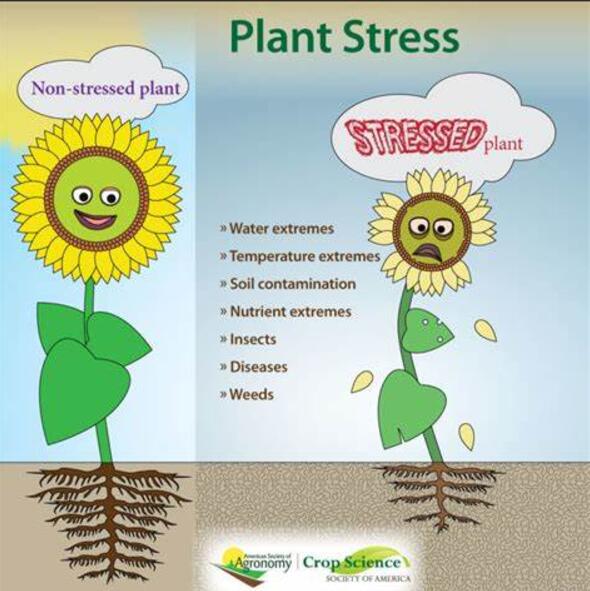Metabolomic insights on the response of winter wheat cultivars to Fusarium head blight infection and inoculation with a biocontrol strain in open field
IF 6.8
Q1 PLANT SCIENCES
引用次数: 0
Abstract
Fusarium head blight (FHB) poses a significant threat to wheat cultivation worldwide, leading to substantial yield and economic losses mainly due to mycotoxins contamination of grains. Developing new sustainable approaches to cope with FHB, such as using biocontrol agents (BCAs), is necessary to guarantee food safety and security worldwide. In this work, an untargeted metabolomics approach (UHPLC/QTOF-MS) was used to unveil the metabolic shifts in leaves and spikes of two cultivars of winter wheat, treated either with systemic agrochemicals (Syst; i.e., prochloraz and tetraconazole) or a BCA (Trichoderma gamsii T6085), and subsequently inoculated with a spore suspension of Fusarium graminearum and F. langsethiae. To this aim, Bingo and Rebelde winter wheat cultivars (more and less susceptible to FHB, respectively) were used under field conditions. The treatments with Syst and T6085 reduced FHB index by 55 and 64 %, on average, in Bingo and Rebelde, respectively. The multivariate analysis of metabolomic signatures revealed a dominant influence of the ‘cultivar’ factor, followed by ‘FHB’ and ‘treatment’. Supervised modeling (OPLS-DA) highlighted distinct metabolic differences between the cultivars, FHB infection, and treatment conditions. Pathway analysis indicated that nitrogen-containing compounds and terpenes played crucial roles in the response of the Bingo to the FHB-T6085 treatment, with different responses between leaves and spikes. Conversely, Rebelde spikes showed a significant up-modulation of the whole secondary metabolism following FHB-infection, especially in those previously inoculated with T6085. Our findings highlighted a complex response to FHB and BCA and unraveled the metabolic responses underlying the reduced susceptibility to FHB in Rebelde.
求助全文
约1分钟内获得全文
求助全文
来源期刊

Plant Stress
PLANT SCIENCES-
CiteScore
5.20
自引率
8.00%
发文量
76
审稿时长
63 days
期刊介绍:
The journal Plant Stress deals with plant (or other photoautotrophs, such as algae, cyanobacteria and lichens) responses to abiotic and biotic stress factors that can result in limited growth and productivity. Such responses can be analyzed and described at a physiological, biochemical and molecular level. Experimental approaches/technologies aiming to improve growth and productivity with a potential for downstream validation under stress conditions will also be considered. Both fundamental and applied research manuscripts are welcome, provided that clear mechanistic hypotheses are made and descriptive approaches are avoided. In addition, high-quality review articles will also be considered, provided they follow a critical approach and stimulate thought for future research avenues.
Plant Stress welcomes high-quality manuscripts related (but not limited) to interactions between plants and:
Lack of water (drought) and excess (flooding),
Salinity stress,
Elevated temperature and/or low temperature (chilling and freezing),
Hypoxia and/or anoxia,
Mineral nutrient excess and/or deficiency,
Heavy metals and/or metalloids,
Plant priming (chemical, biological, physiological, nanomaterial, biostimulant) approaches for improved stress protection,
Viral, phytoplasma, bacterial and fungal plant-pathogen interactions.
The journal welcomes basic and applied research articles, as well as review articles and short communications. All submitted manuscripts will be subject to a thorough peer-reviewing process.
 求助内容:
求助内容: 应助结果提醒方式:
应助结果提醒方式:


